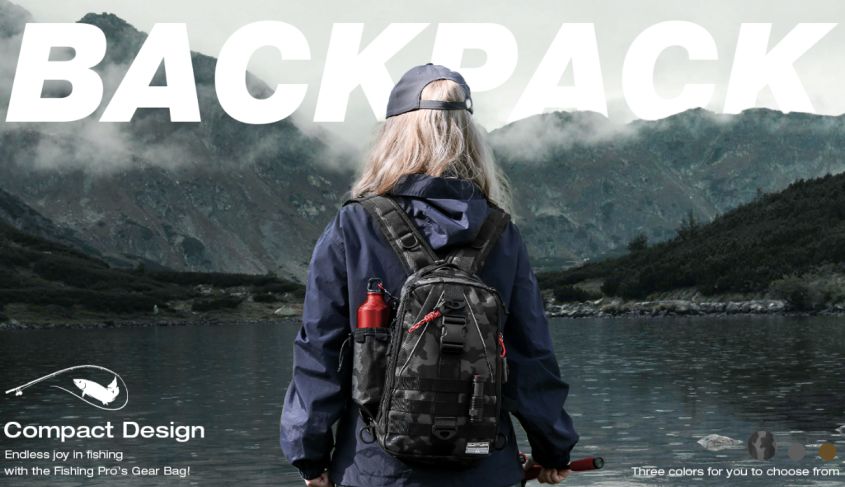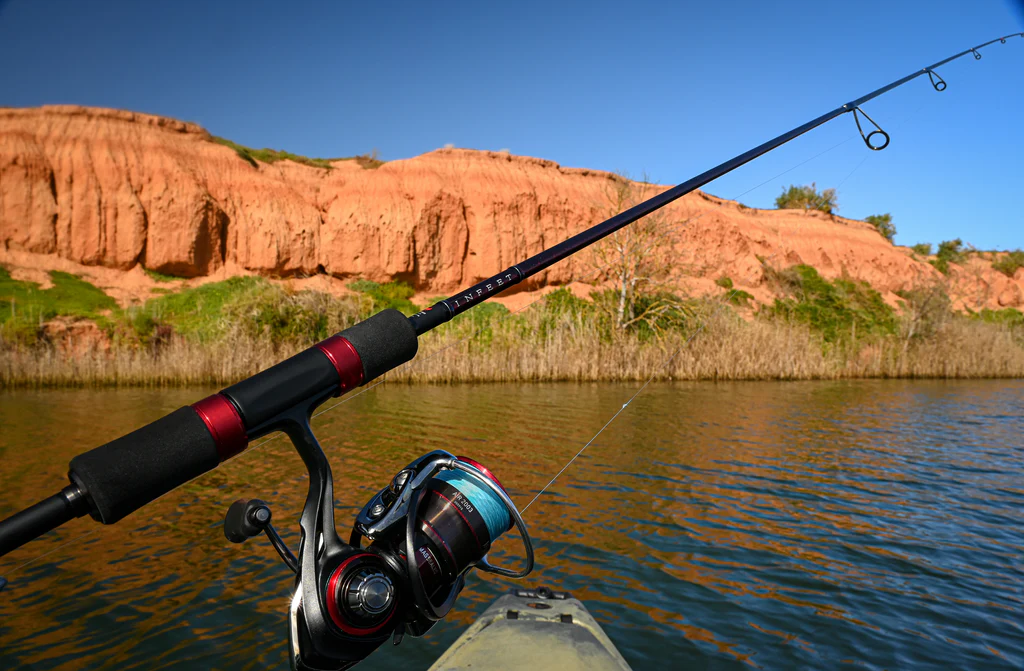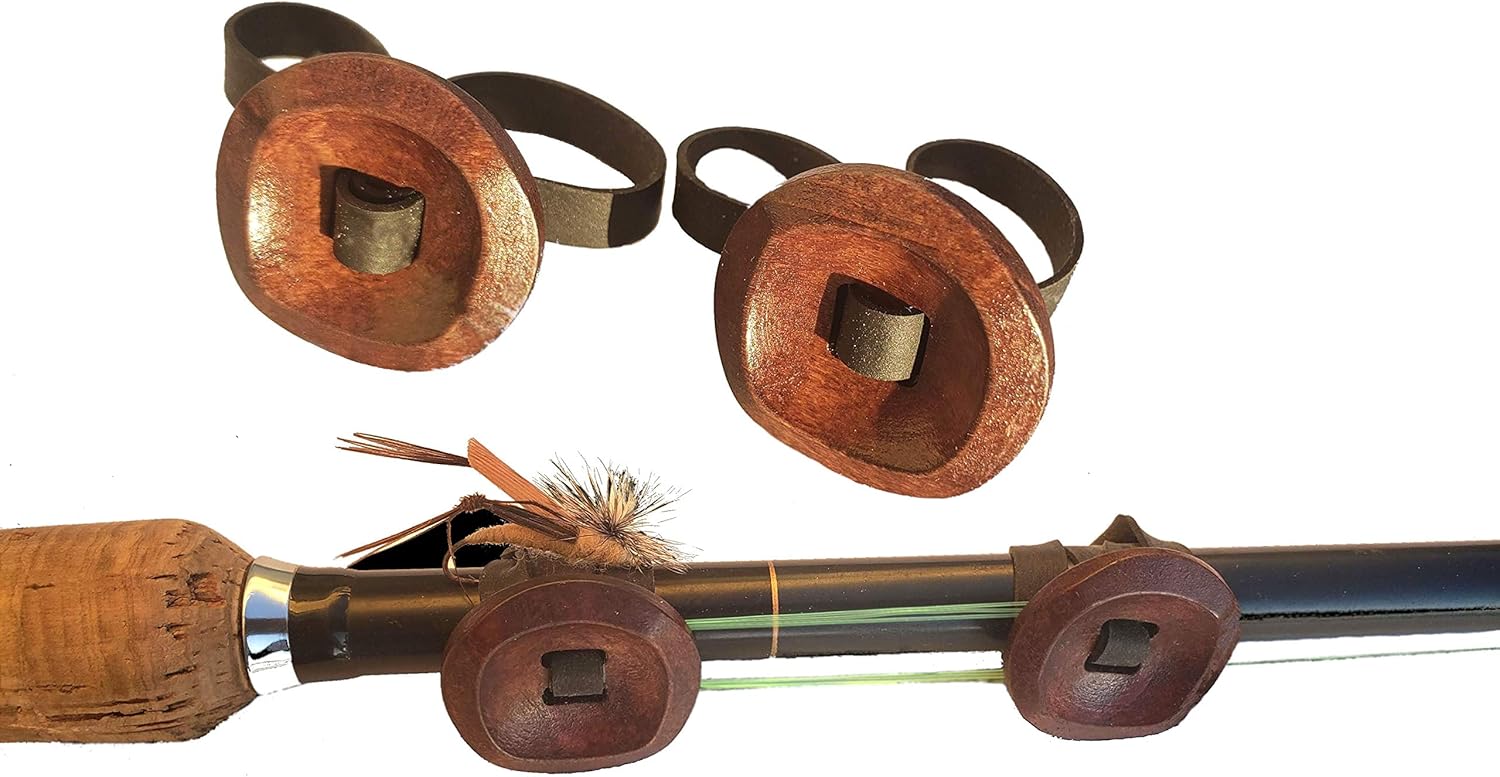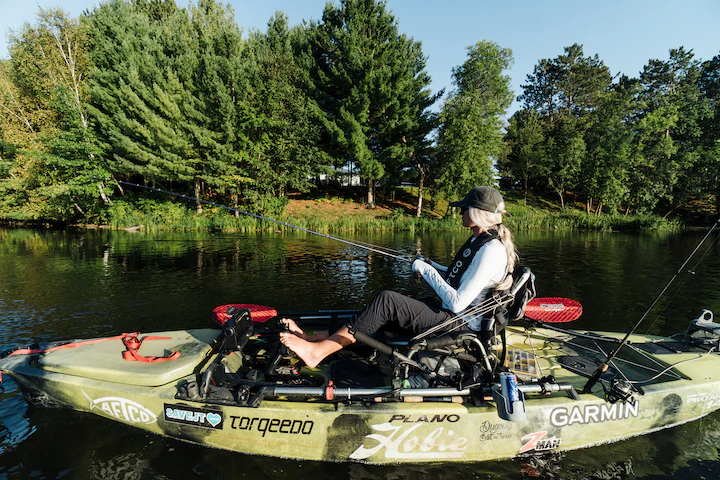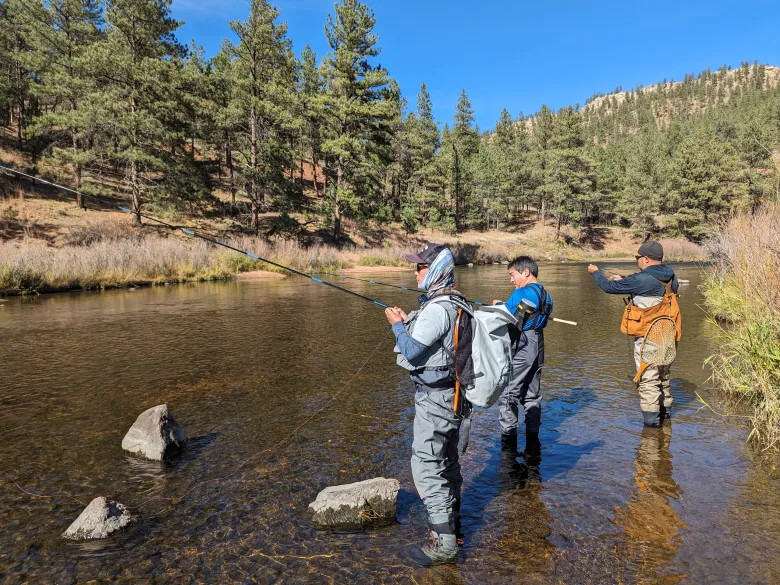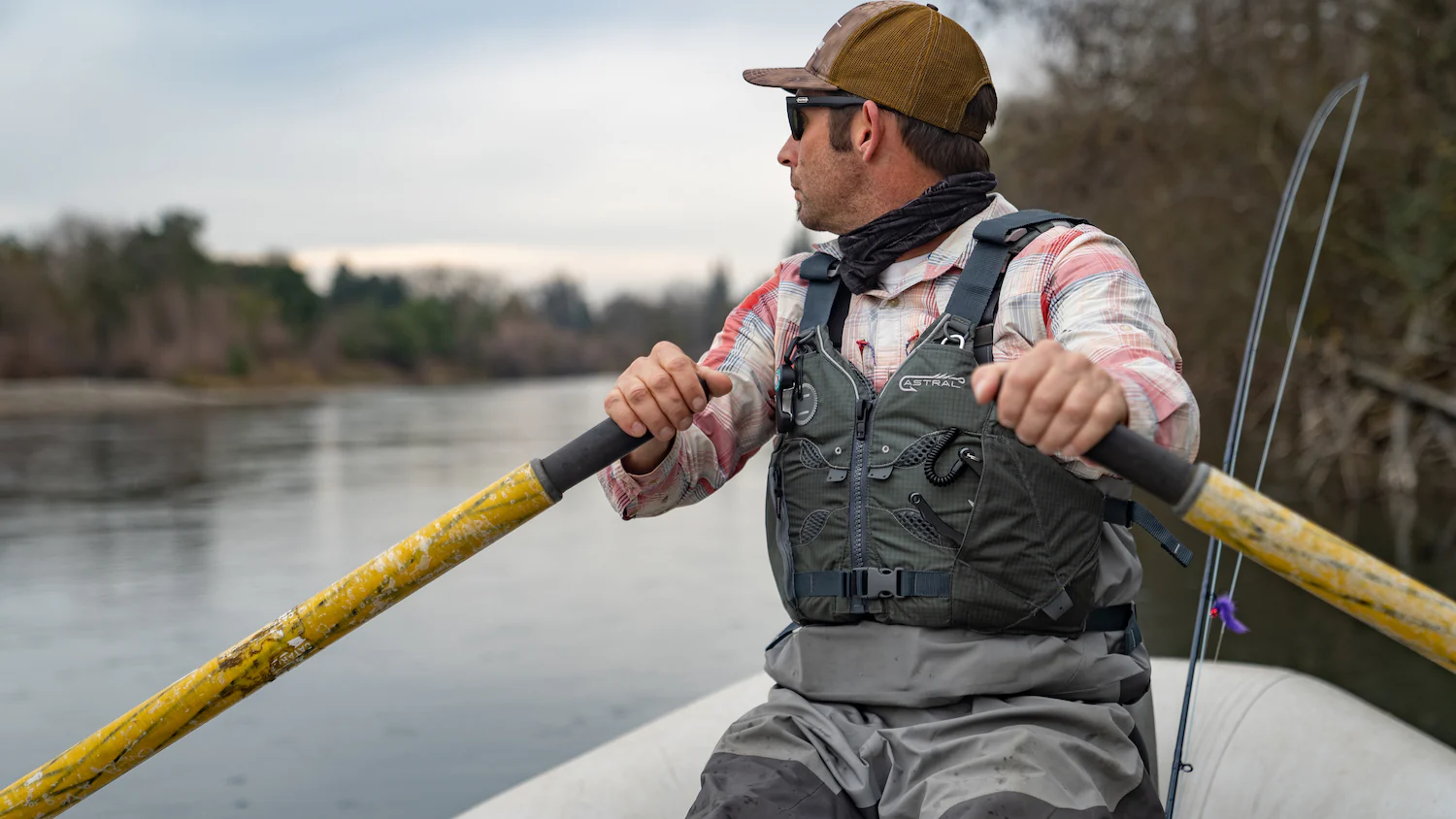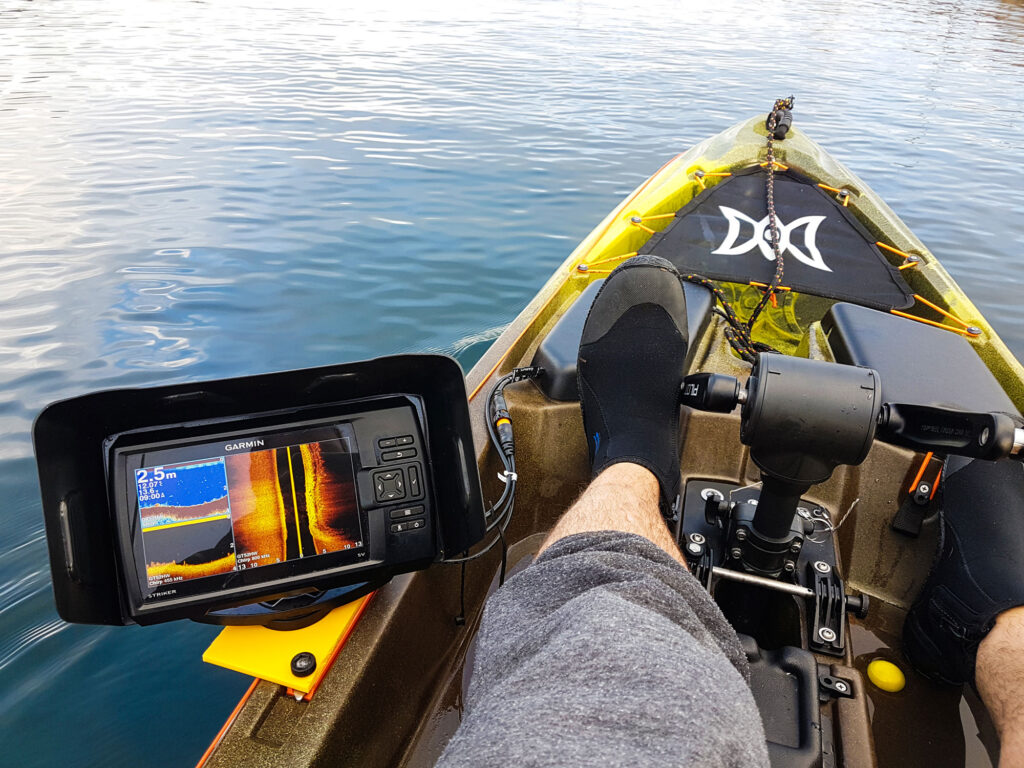Table of Contents
This may help fishers choose the best products for their skills and the fishing conditions. Whether you’re a pro or an amateur about to cast your first line, you must know these differences. They will help you have the best time on the water and schedule everything correctly. Before you step out to buy the best fishing reels for yourself, read this article to make an informed decision.
What is a baitcaster?
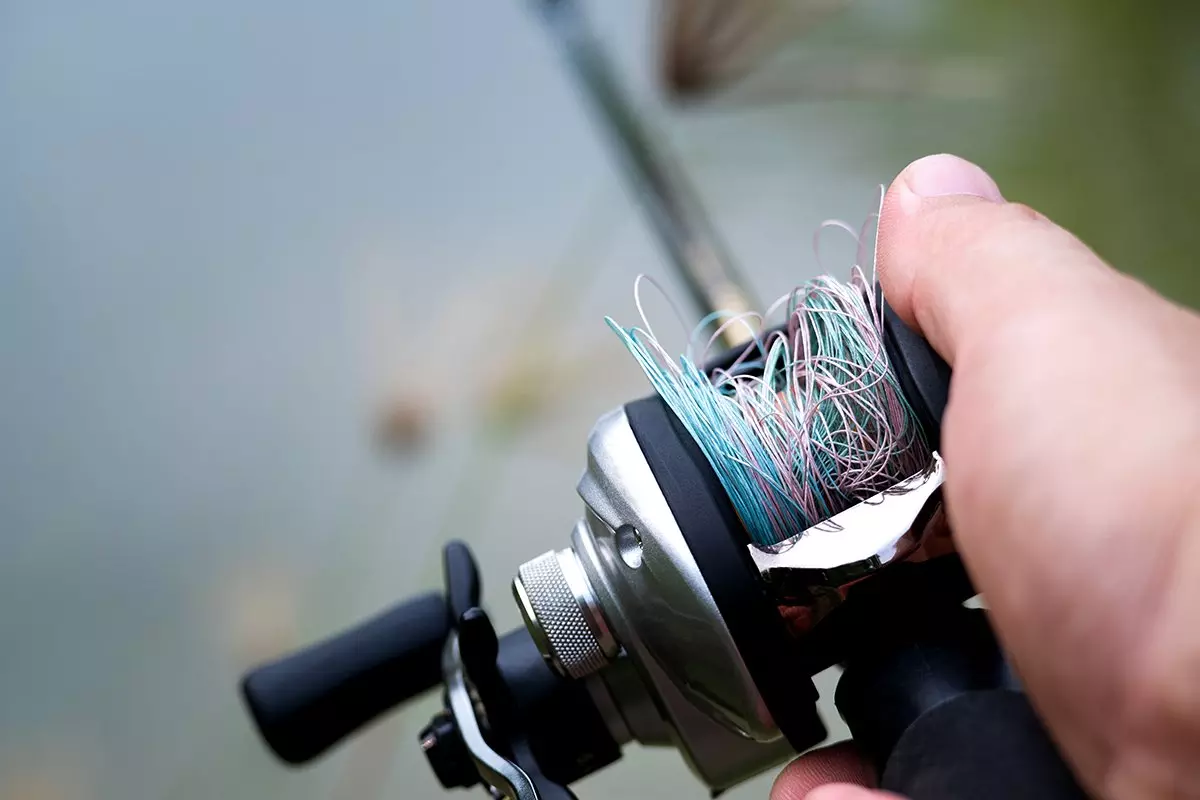
The baitcaster reel, which tends to be used by more advanced anglers, is famous for its accuracy and control. This sort of reel is at the top of the rod. It allows for precise casts. The line comes off the spool in a direct line with a submerged butt-end. This reduces resistance and improves accuracy.
A baitcaster reel has a unique braking system. It slows the line speed during casting. This reduces the risk of a “bird’s nest,” a tangle from uncontrolled spooling. It is rewarding to master this technique. But, perfection takes practice. The thumb must control the spool’s rotation. It must act as an active player.
The design also gives anglers the muscle to control heavy lines and lures. So, it is best for tracking larger fish or fishing in thick cover. Baitcaster reels can handle much heavier drag weights. They have more raw power. So, they excel at pulling fish from thick cover and structures.
Baitcasters are usually built with sturdier gears and parts. They can withstand constant use. So, they are ideal for techniques like flipping and pitching, and for heavy use.
What is a spinning reel?
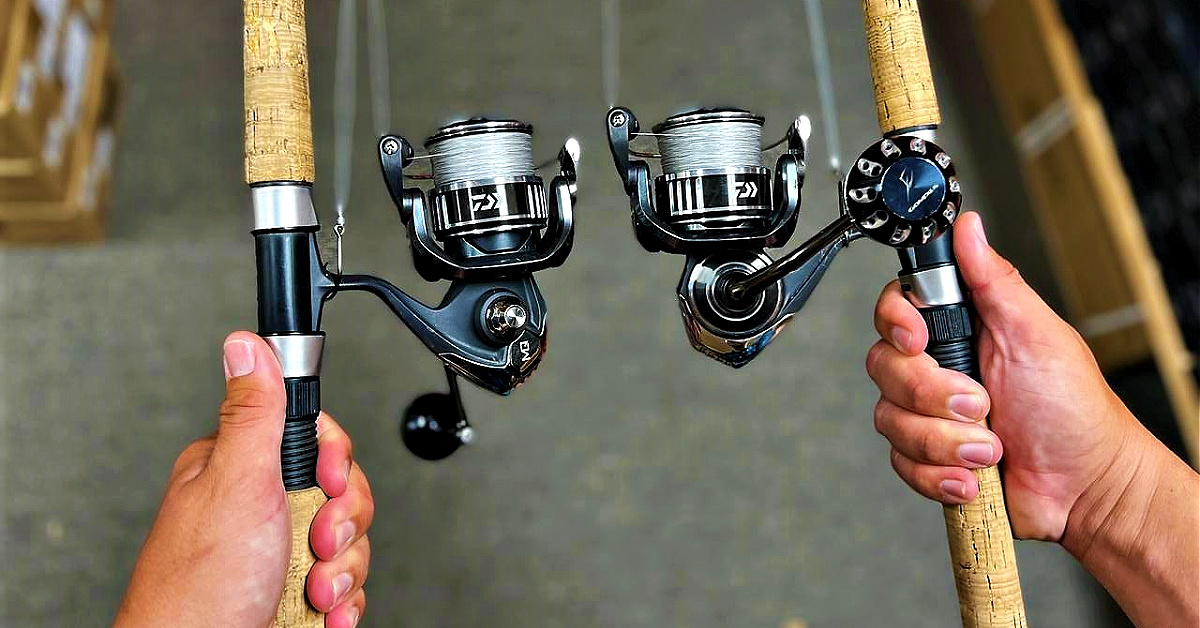
Related Article: Best Spinning Reel under $100 in 2024
A spinning reel is often recommended for beginners and experts. It has a simple, adaptable design. A spinning reel, unlike a baitcaster, is suspended beneath the rod and has its own fixed spool mechanism. Line is stopped out by weights of a lure or bait, this makes it simple to cast light lures. This feature of spinning reels suits them very well for the task when you are working with light tackle and finesse techniques.
The spinning reels have a bail mechanism to assist in line control on casting. Another good thing is their open-faced feature. It prevents line tangles, unlike bait casters.
The spinning reel is best for targeting smaller fish. It can also present baits more delicately, which is key for enticing cautious fish. Also, quick spool change on the water helps anglers. It lets them switch lines for different fishing situations without needing multiple rods.
What spinning fishing reels and baitcasting are used for?
Bass fishing reel: Baitcasters are widely used when bass fishing. The best baitcaster reel is also perceived as being the best thing for their stylish nature and effectiveness. Baitcasters are usually for casting larger lures in fresh and saltwater.
Light Lures: If we talk about light jerkbaits for bass, the spinning fishing reels would be better. For learners looking to make some casts into hard-to-reach areas, spinning reels are slightly more forgiving.
Accuracy: Baitcasting reels let anglers cast jigs, spinner baits, and crankbaits with precision. Underhand casting styles let them flip, skip, and punch lures with great accuracy onto the bank or structure for which they are famous.
Strategic Casting: If you bait cast, you may need to drop in crowded areas or hotspots like riverbeds. This is the best option for you. The design of its body makes it possible to place your line strategically.
Salmon and Steelhead Fishing: Use baitcasting and spinning reels for salmon fishing. At the end of it all, choosing between these two will be based on personal preference.
Line Types: A baitcaster is ideal and effective when used with any of the three lines; monofilament, fluorocarbon as well and braid. It is multi-purpose and fits with Zara along the topwater bait.
Pros of Baitcasting Fishing Reels
Precision Casting: Baitcasting fishing reels have high casting accuracy. It’s their best merit. They can hit specific spots. This helps fishermen trap fish that hide under logs and structures.
Powerful Drag System: Baitcasting reels usually have a stronger drag than spinning reels. This makes them perfect for capturing the bigger and stronger species of fish.
Line Capacity: Baitcasting fishing reels can hold more lines than many other reels. This is an advantage when pursuing species that tend to run long.
Versatility: A baitcasting reel lets you use many lures in different ways. It offers more options for strong hold-ups in various fishing conditions.
Durability: Baitcasting reels are generally associated with strength and endurance. They provide long-term service with proper care and maintenance.
Cons of Baitcasting Reels
Steep Learning Curve: Baitcasting fishing reels are hard to use, especially for beginners. However, practice can perfect this. It will avoid problems like reverberation and bird’s nest tangles.
Cost: Good-quality baitcasting reels can be expensive. This may not suit casual or beginner anglers.
Weight: Baitcasting reels are heavier in general compared to spinning ones. This may cause weariness during intense fishing activities over a long period.
Maintenance: Another downside of baitcasting reels is they need cleaning and care. Failure to do so may result in compromised performance or damage.
Limited in Light Lures: Baitcasting reels are less effective with light lures or lines. They work well with lures and lines that are heavy.
Spinning Reels pros and cons
Pros of Spinning Reels
Ease of Use: Spin reel tends to be more beginner-friendly and is popular for anglers trying out spinning tackle. The spin casting types are easier to cast with, and class less likely to cause the line to become tangled as opposed to baitcasting reels.
Versatility: The spinning reels can fish in various habitats and for different fish. They work very nicely for people fishing in freshwater and saltwater.
Light Lures: Spinning reels work very well with light lures or lines, something that can be a very overwhelming task for baitcasting.
Less Backlash: Spinning reels rarely suffer from backlash or bird’s nests. Baitcasting reels do.
Cost-effective: Spinning reels are often better than low-cost bait casters.
Cons of Spinning Reels
Less Precision: Spinning reels may not have much accuracy while casting as a baitcasting reel. This can make it difficult to target fish for a specific ground.
Lower Line Capacity: Spinning reels have a lower line capacity than the baitcasting ones. This might make them less effective when targeting species that go for long runs.
Less Powerful Drag System: Spinning reels have weaker drag than baitcasters. This may make it hard to reel in larger, stronger fish.
Durability: Modern spinning reels are sturdy, but not as good as baitcasting ones.
Potential Line Twist: The standard spinning reels can, at times, twist the fishing lane, causing tangles and knots.
Baitcasting fishing reel Vs Spinning Reel for Bass: Which To Pick?
The debate over baitcasting vs. spinning reels for bass fishing often hinges on the angler’s skill and the techniques they plan to use. Seasoned anglers prefer baitcasting reels for pursuing Largemouth Bass. They use them for precise, short casts with heavier lures and lines. Baitcasting reels have better control and accuracy. They help catch bass in heavy cover, or “structure.”
On the other hand, spinning reels may be best for beginner to intermediate anglers. They excel in finesse techniques for smallmouth and walleye bass. Spinning reels are best when finesse must be used in clear water conditions or when the special bass is remarkably line-shy. Also, anglers who fish open water will be better served by spinning reels. They don’t need to aim precisely. A good performance and convenience is all they need.
Wrapping up!
In short, there’s no answer on whether baitcasting or spinning reels are better for bass fishing. It depends on which works best with an angler’s specific methods and the situation. Baitcasters are powerful, precise tools for experienced anglers. They excel in tough conditions, where control is key. A fishing reel spinner are easy to use and cast gently. They are great for beginners. They are loved where delicacy is required.
FAQs
What sets baitcasting and spinning reels apart?
Baitcasting reels provide increased sensitivity and cast accuracy. Therefore, they are a good fit for bass catching – in busy environments or accurate casting to structures. In contrast, spinning reels are more user-friendly and ideal for finesse applications as well as fishing in clear areas.
Which type of reel is the best for a novice?
Spinning reels, though difficult to select the best ones for you and your needs, are taken as a type that only beginners can cope with their process of using it. Nevertheless, if you learn how to use baitcasters the right way, as well as have some experience in operating a conventional reel for saltwater fishing), even beginners can become quite skillful with these types of reels.
Can I use the rod for a baitcasting reel and also a spinning one?
It is, however possible to use the same reel in either of them depending on specification or otherwise purpose that may be intended. Matching the rod’s power and action to a specific reel type as well as technique is significant.
Which type of reel is the most appropriate for bass fishing in different scenarios?
As stated earlier, it eventually comes down to an individual’s preference and level of skill in angling. Nonetheless, baitcasting reels are most appropriate for catching bass in weeded areas or when precision casting is needed. With finesse techniques and fishing in open water conditions, however, spinning reels shine.
How can I become skilled in using both kinds of reels?
Try different methods and baits to determine your best fit based on what you have at your disposal. Also, it goes a long way to appropriately learn and get comfortable with whatever settings or features each reel type has. With practice, you will be comfortable and more efficient with both the bait-casting and spinning types of reels.

